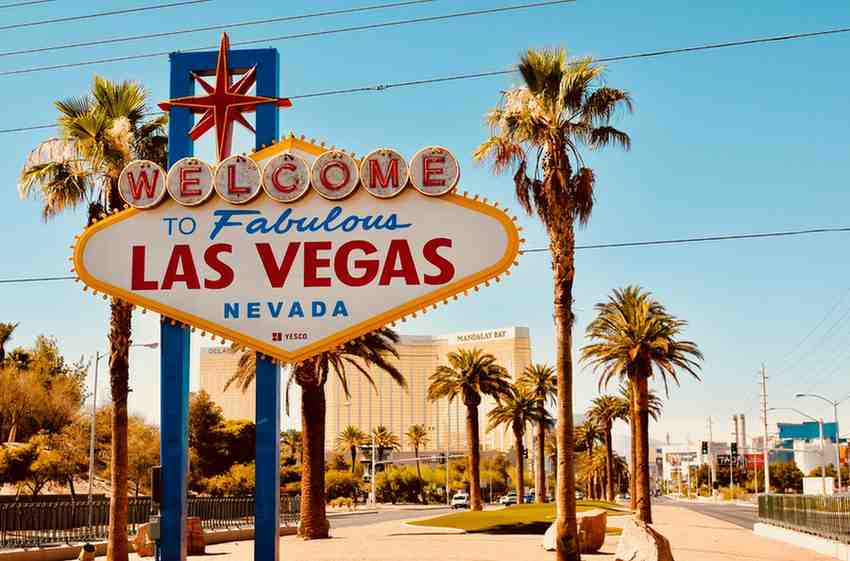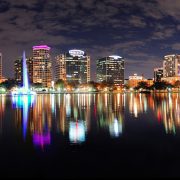Cleaning Chemicals Safety
Protecting Workers who use Cleaning Chemicals: Does your workplace us cleaning chemicals? Schools, restaurants, hospitals, and manufacturing facilities all use cleaning chemicals to ensure the cleanliness of their respective buildings.
Many cleaning chemicals can be hazardous causing various problems from coughing and asthma to burns and skin rashes. A few workplaces are switching to green cleaning products as they are thought to be less hazardous to workers and the environment. Here’s some helpful information about cleaning chemicals safety.
Some important factors to consider when determining if a potential cleaning chemical could cause health problems:
- Chemical ingredients oft he cleaning product
- How the cleaning product is being used or stored
- Ventilation in the area where the cleaning product is used
- Whether there are splashes and spills
- Whether the cleaning product comes in contact with the skin
- Whether mists, vapors and/or gases are released
Worker Training: Chemicals pose a wide range of health and safety hazards. OSHA’s Hazard Communication standard is designed to ensure that information about these hazards and associated protective measures is communicated to workers. Worker training must be provided if the cleaning chemicals are hazardous. This training must be provided BEFORE the worker begins using the cleaner. Required training under the OSHA Hazard Communication standard includes:
- Health and physical hazards of the chemical
- Proper handling, use and storage of the chemical
- PPE required for using the chemical
Disclaimer: The information and suggestions contained in these safety talks are believed to be reliable. However, the authors of the topics and the owners of this web site accept no legal responsibility for the correctness, sufficiency, or completeness of such information or suggestions contained within these topics. These guidelines do not supercede local, state, or federal regulations and must not be construed as a substitute for, or legal interpretation of, any OSHA regulations.










































